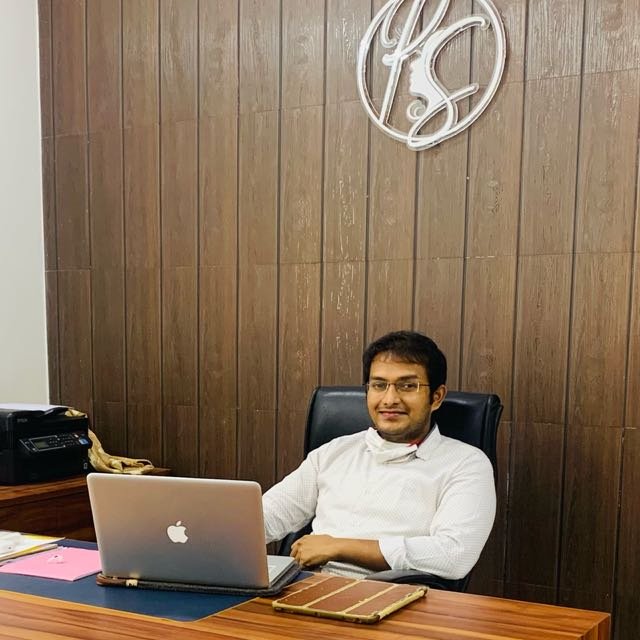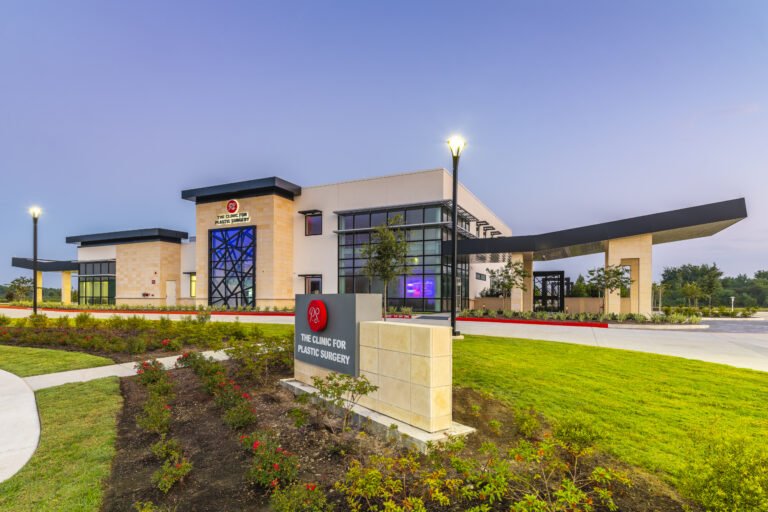For people who struggle with severe nearsightedness, farsightedness, or astigmatism, glasses and traditional contact lenses aren’t always enough. That’s where Implantable Contact Lenses (ICLs) come in — offering a long-term solution to improve vision without removing any tissue from the eye. But how exactly do they work?
Let’s break down the science behind ICLs in the simplest terms.
What Are Implantable Contact Lenses?
Implantable Contact Lenses (ICLs) are tiny, flexible lenses that are surgically placed inside the eye, between the iris (the colored part of the eye) and the natural lens. Unlike traditional contact lenses, which sit on the surface of the eye, ICLs work from the inside to bend (refract) light correctly and give you clearer vision.
How Do ICLs Improve Vision?
To understand how ICLs work, let’s quickly review how vision works:
- Light enters the eye through the cornea and lens.
- These parts focus light onto the retina, like a camera focusing light onto film.
- If the eye is too long (nearsighted), too short (farsighted), or shaped irregularly (astigmatism), the light doesn’t hit the right spot — making vision blurry.
ICLs correct these focusing issues by adding an extra lens inside the eye. This extra lens helps light focus properly on the retina, improving vision without altering the shape of the cornea like LASIK does.
What Are ICLs Made Of?
ICLs are made from a biocompatible material called Collamer, which:
- Is soft and flexible
- Feels natural inside the eye
- Is well-tolerated by the body
- Contains collagen (a naturally occurring protein in the body)
Because of this material, most patients don’t even feel the lens once it’s implanted.
The Procedure: What Happens During ICL Surgery?
The ICL procedure is:
- Quick – usually about 15–30 minutes per eye
- Minimally invasive – no tissue is removed
- Performed under local anesthesia – you’re awake but comfortable
Here’s a simple step-by-step:
- The eye is numbed with drops.
- A tiny incision is made at the edge of the cornea.
- The ICL is folded and inserted through the incision.
- It unfolds and is positioned behind the iris and in front of the natural lens.
No stitches are usually needed, and vision often improves within 24 hours.
Benefits of ICLs
- Sharp, high-definition vision
- Great for high prescriptions not easily corrected with LASIK or glasses
- Preserves the natural cornea – no reshaping required
- Removable and reversible – unlike LASIK
- Built-in UV protection
Are ICLs Safe?
Yes — ICLs have been used for over 20 years with excellent safety records. Most patients experience life-changing results with minimal complications. As with any procedure, there are risks (like infection or cataract development), but these are rare when performed by an experienced eye surgeon.
Who Is a Good Candidate?
You might be a good candidate if you:
- Are between 21 and 45 years old
- Have stable vision for at least 6 months
- Have moderate to severe nearsightedness (and sometimes farsightedness or astigmatism)
- Are not suitable for LASIK due to dry eyes or thin corneas
Your ophthalmologist can determine if ICLs are right for your eyes after a full exam.
Final Thoughts
Implantable Contact Lenses offer a powerful solution for those seeking crisp, clear vision without permanent changes to their eyes. Thanks to innovative materials and precise techniques, ICLs combine the best of science and safety — helping people see the world more clearly, comfortably, and confidently.



